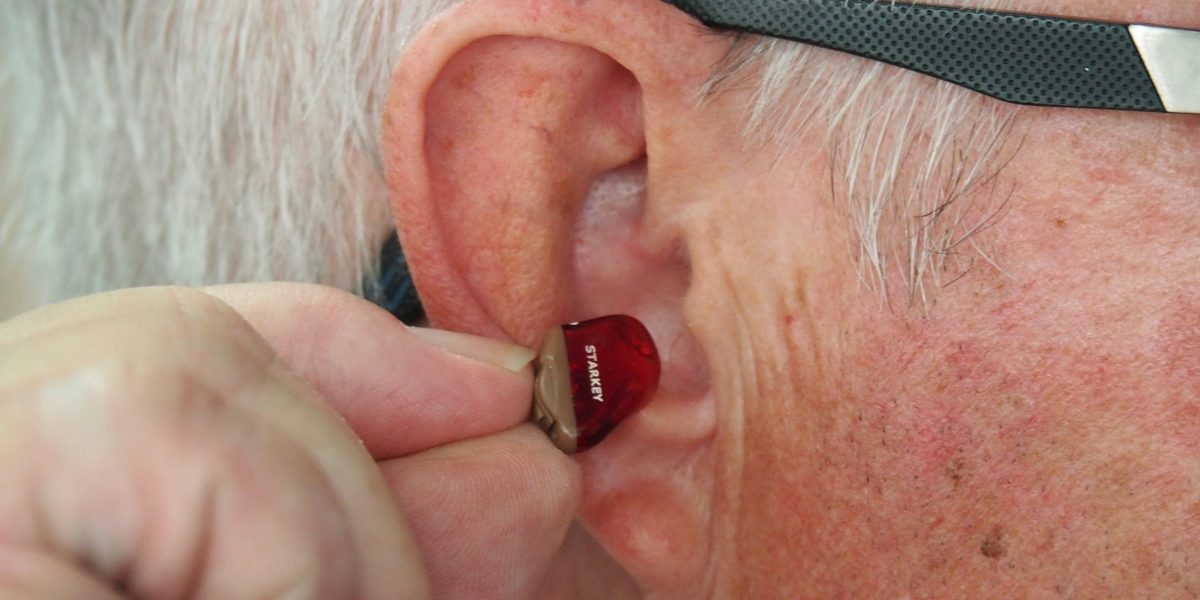Earwax – or cerumen, if we’re getting technical – is a natural substance produced by the ear to keep things running smoothly. While it often gets a bad reputation, earwax protects your ears. But when it becomes excessive or builds up, it can cause various issues. Let’s dive into how earwax affects your ear health and what you can do to manage it.
The Role of Earwax in Ear Health
Earwax is much more than just a nuisance; it’s essential for keeping your ears healthy. First and foremost, earwax helps protect your ear canal from dust, dirt, and bacteria. It acts like a barrier, stopping these particles from reaching the delicate eardrum. In addition to its protective qualities, earwax lubricates the ear canal, preventing dryness and itching. This natural lubrication is essential because it allows the ear canal to maintain a healthy balance.
The ear has a built-in self-cleaning mechanism. As new earwax is produced, it gradually moves towards the outer ear, where it’s naturally wiped away or falls out. This process works well most of the time, so digging in there with cotton swabs or other objects is usually unnecessary.
What Happens When Earwax Builds Up?
While earwax is beneficial, it can cause problems when it builds up and becomes impacted. This happens when the earwax produces too much or gets pushed deep into the ear canal. Impacted earwax can lead to a number of issues. The most common problem is hearing loss. A clogged ear canal means sound can’t travel properly, making things sound muffled or causing a complete hearing blockage. This is when you need professional earwax removal.
In addition to hearing issues, excess earwax can lead to discomfort and pain. You may experience itching or feeling fullness in the ear, which can sometimes escalate into a sharp earache. If earwax stays in the ear for too long, it can also increase your risk of ear infections, such as otitis externa, an outer ear canal infection.
For some people, tinnitus (ringing in the ears) can also become a problem due to earwax buildup. Earwax is one of the leading causes of temporary tinnitus. It can even affect your balance. A blocked ear canal interferes with the inner ear’s balance system, potentially leading to dizziness or vertigo.
How to Safely Manage Earwax
Managing earwax is all about striking the right balance. While it’s important not to overclean your ears, you don’t want to let earwax build up too much. Here are a few tips for safe earwax management:
- Avoid inserting objects into your ear. Cotton swabs, hairpins, and other tools can quickly push wax deeper, leading to impaction and injury. Instead, simply clean the outer part of your ear with a soft cloth.
- Use ear drops. Over-the-counter ear drops can help soften the wax, making it easier for the ear to expel it naturally. Just follow the instructions carefully to avoid irritation.
- Consult a professional. If you feel like earwax is getting out of control, visiting an ENT specialist is best. They can safely remove any excess wax without causing damage to the ear.
- Ear irrigation. For some, rinsing the ear with warm water can help loosen the wax. But doing this correctly is essential, as improper technique can damage the ear canal.
When Should You Seek Medical Help?
While a small amount of earwax buildup is normal, there are times when you should seek medical advice. If you experience any of the following, it’s best to consult a healthcare professional:
- Persistent hearing loss or muffled sounds that don’t go away after cleaning.
- Pain or discomfort in the ear, significantly if it worsens over time.
- Signs of infection, such as redness, swelling, or drainage from the ear.
- Tinnitus that doesn’t stop after attempting earwax removal.
- Balance issues or dizziness that seem related to earwax buildup.
Conclusion
Earwax is an integral part of ear health, but too much of it can lead to problems like many things. By understanding how earwax affects your hearing and overall ear health, and by using safe methods to manage it, you can prevent discomfort, infections, and other complications. Remember, if in doubt, it’s always ideal to consult with a healthcare professional for safe removal and advice.
Disclaimer: This article is for informational purposes only and does not constitute medical advice. If you experience persistent ear discomfort, hearing loss, or any other concerning symptoms, consult a qualified healthcare professional or an ENT specialist for an accurate diagnosis and appropriate treatment. Avoid attempting to remove earwax with objects or methods that may cause harm to your ear canal or eardrum. Always follow medical advice tailored to your specific situation.
Published by Drake M.


















